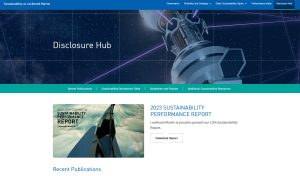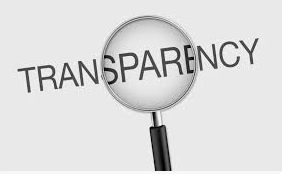At the Society of Corporate Governance conference last week, there was some talk about how some people think that too many shareholder proposals these days aren’t submitted with the intention of creating long-term value. This discussion was held during a panel filled with institutional investors. But that’s a topic for another day.
But related to that concept is that companies may want to consider ways they can make it more transparent in their proxies not only which disclosures comprise the various shareholder proposals (and related supporting statements) – and which disclosures comprise each statement in opposition, but also shed light on how they approach shareholder proponent engagement and what are their broader views about shareholder proposals.
Here are some examples (hat tip to T. Rowe Price’s Donna Anderson for most of these):
- A growing number of companies start their shareholder proposal disclosure with a “preamble,” explaining their proponent engagement approach and describing their shareholder proposal philosophy. In some cases, the companies note that they believe some (or all) of the proposals are wasteful instead of addressing them one by one. See page 97 of the 2024 Bank of America proxy; page 78 of the 2024 Goldman Sachs proxy; page 65 of the 2024 Alphabet proxy; and pages 31-32 of the 2024 Amazon proxy.
- Travelers uses additional soliciting materials with an overall rebuttal to all of the shareholder proposals submitted as a way to garner more attention compared to putting that kind of statement only in the proxy. In its 2024 proxy, I like the way that Travelers uses a heading of “Your Company’s Response” above each statement in opposition in the proxy (instead of “Our Response”) as it subtly makes the reader feel more invested in the response.
- The 2024 Mondelez proxy helps to differentiate shareholder proposals from statements in opposition by using pale purple background color coding.


























